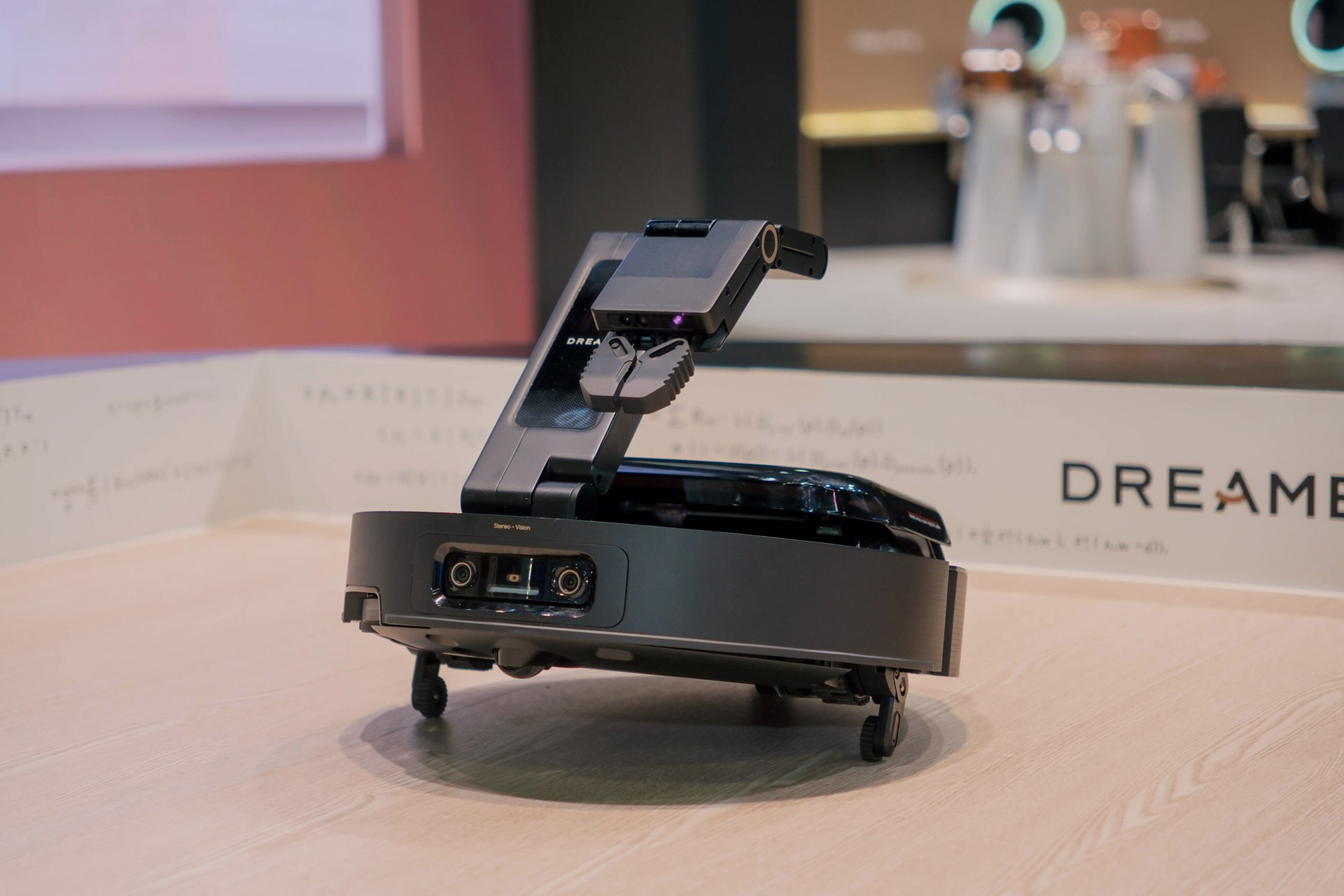Ecovacs Robotics recently released its earnings for fiscal year 2024 and the first quarter of 2025. The company reported record-high revenue, yet rising costs continued to weigh on margins. Roborock, its closest competitor, followed a similar pattern: surging sales with shrinking profit.
According to its latest financials, Ecovacs generated RMB 16.54 billion (USD 2.3 billion) in 2024 revenue, a 6.71% year-on-year (YoY) increase and an all-time high. Net profit attributable to shareholders rose 31.7% to RMB 806 million (USD 112.8 million). In Q1 2025, revenue climbed to RMB 3.86 billion (USD 540.4 million), up 11.06%, while net profit surged 59.43% to RMB 475 million (USD 66.5 million).
These numbers mark a turnaround after two years of decline. In 2023, Ecovacs saw profits fall 60%. Still, 2024 profits remain well below the company’s 2021 peak, when it earned RMB 2.01 billion (USD 281.4 million) on RMB 13.09 billion (USD 1.8 billion) in revenue—yielding a 15.39% net margin. By contrast, 2024’s higher revenue came with less than half the profit and only a third of the margin.
Roborock, meanwhile, posted 2024 revenue of RMB 11.95 billion (USD 1.67 billion), up 38.03% YoY. But net profit dipped 3.64%. Despite the decline, Roborock still delivered twice the net profit of Ecovacs. In Q1 2025, Roborock’s revenue jumped 86.22% to RMB 3.43 billion (USD 480.2 million), while net profit fell 32.92% to RMB 267 million (USD 37.4 million).
The shifting market dynamics are stark. According to IDC, Roborock shipped 3.3 million units in 2024, surpassing longtime leaders iRobot and Ecovacs for the first time.
The robot vacuum segment has transitioned from rapid growth to saturation and widespread product homogeneity. For Chinese brands, overseas markets have become the next frontier. But expansion is proving expensive.
Among top-tier players, Ecovacs has the longest global track record. In 2024, it generated RMB 7.11 billion (USD 995.4 million) from international markets. Europe stood out: Ecovacs and its sub-brand Tineco saw revenue growth of 51.6% and 64%, respectively.
At home, Ecovacs built a robust sales infrastructure early, dominating malls and appliance stores with distributor and self-operated channels. It is now replicating that model abroad. Unlike peers that rely heavily on third-party distributors, Ecovacs established its European headquarters in Germany in 2012 and now runs a local team of nearly 50. This setup gives it tighter brand control and supports its push into premium segments.
Niche categories are also gaining traction. International revenue from Ecovacs’ window-cleaning robots jumped 214.8%, while lawn-mowing robots nearly doubled.
Roborock’s global strategy is just as aggressive. In 2024, 53.48% of its revenue came from international sales. The company initially leaned into e-commerce, building its US presence via Amazon and its own channels. That digital-first strategy helped it grow quickly.
But Roborock is now expanding offline. It has a US subsidiary and an independent after-sales service network. Its products are available in over 1,400 physical stores, including Best Buy, Walmart, and Sam’s Club.
Despite these efforts, both brands are facing similar hurdles. Logistics, warehousing, and local operations have pushed up costs. Investments into marketing and R&D—particularly in adjacent product lines like lawn and window-cleaning robots—have further strained margins.
With core vacuum tech hitting maturity, brands are chasing the next frontier. Roborock made headlines at CES 2025 with its G30 Space, featuring a five-axis bionic arm that can pick up and store objects, turning the vacuum into a more interactive cleaning assistant.
But not all players are convinced. Neither Ecovacs nor Narwal has released an arm-equipped model. Mechanical arms introduce complexity, higher repair costs, and practical limitations—such as reduced ability to clean under furniture or avoid collisions. For now, the robotic arm feels more like a novelty than a necessity.
Instead, both companies are diversifying, albeit in different directions.
Ecovacs is building adjacent hardware categories that share underlying technologies. It is investing in window and lawn robots, and its Tineco brand is entering smart kitchen appliances and water purifiers.
Roborock is eyeing large appliances. In 2024, it launched its first washer-dryer combo, followed by a molecular sieve model and a mini version, priced between RMB 2,000–3,000 (USD 280–420). It has built a dedicated overseas team for its laundry line and plans to release washer-dryer sets, standard washing machines, and compact models for small spaces.
Neither has cracked the large appliance market yet, but both see room to experiment—especially in overseas markets where white space remains.
One looming threat could derail these strategies: tariffs.
Ongoing US trade policies have disrupted global supply chains, driving up export costs and squeezing margins. Higher retail prices may erode the core advantage Chinese brands enjoy overseas—affordability.
Some players are adapting. Ecovacs is scaling overseas manufacturing. Roborock is strengthening partnerships with local distributors to share costs. But tariffs remain a structural risk. If left unresolved, they could force Chinese hardware firms to rethink global supply chains entirely—and rework long-term international strategies.
For now, both Ecovacs and Roborock are pressing ahead. But as their margins shrink and global ambitions expand, the challenge will be to grow without sacrificing profitability—a balance that may define the next chapter of China’s smart hardware playbook.
KrASIA Connection features translated and adapted content that was originally published by 36Kr. This article was written by Huang Nan for 36Kr.

